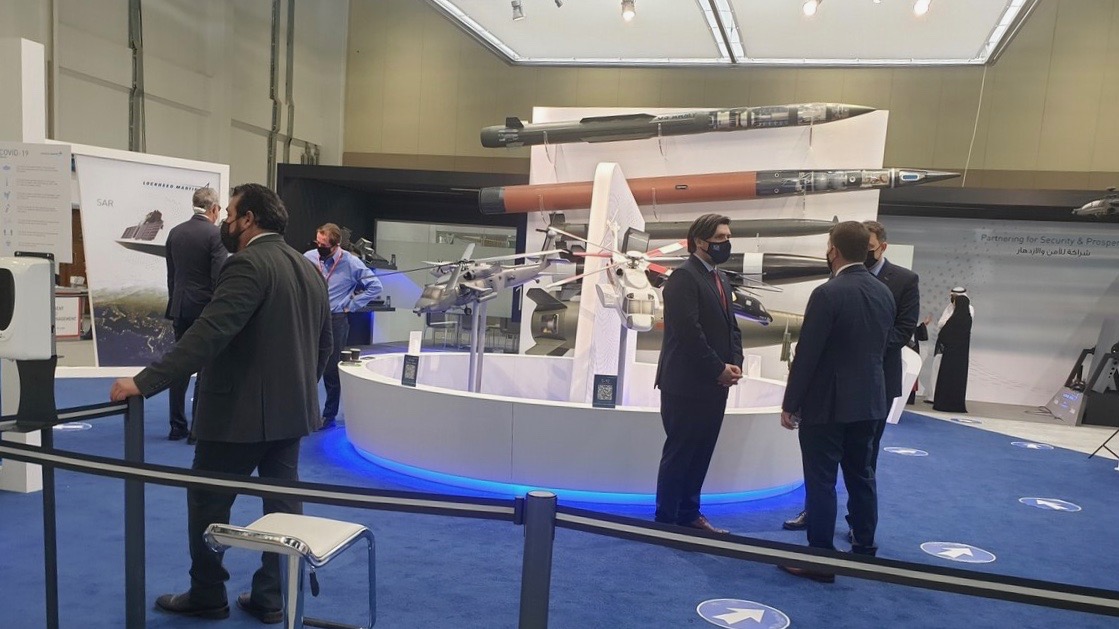Countries in West Asia and the wider Middle East-North Africa region, which include several rich and rapidly militarizing Gulf states, have recorded an increase of 25% in their arms imports in the period from 2016 to 2020, compared to the first half of the previous decade (2011-2015). This is even as global arms sales remained stable between the two five-year periods. The data was revealed in a report by international arms watchdog Stockholm International Peace Research Institute (SIPRI) that was released on Monday, March 15. The report cautions that even though arms sales have leveled out, they still remain close to the highest levels since the end of the Cold War in 1991.
In West Asia, key regional powers like Saudi Arabia and Qatar significantly increased their levels of arms imports. Saudi Arabia’s arms imports grew by 61% while Qatar’s increased by a whopping 361%. The North African countries of Algeria and Egypt, part of the wider MENA (Middle East North Africa) region, also recorded an increase of 64% and 136%, respectively.
According to SIPRI, the report’s data reflects the “regional strategic competition among several states in the Gulf region.” For example, Saudi Arabia since 2015 has been spearheading a deadly military intervention in neighboring Yemen with the aim of defeating the rebel Houthi militia, which it accuses of being a proxy of Iran. Egypt is a key member of the Saudi-led military coalition in the Yemeni civil war. Qatar was until very recently under a land, air and sea blockade imposed by fellow Arab states – Saudi Arabia, UAE, Bahrain and Egypt. Longstanding regional hostilities against Iran shared by several Gulf states – led by Saudi Arabia and encouraged by Israel – is also potentially one of the key contributing factors behind these countries ramping up their arms imports as they continue to make threats of war against Iran.
In contrast, some other countries in the region witnessed a significant decrease in their levels of arms imports, such as the United Arab Emirates (UAE), another member of the Saudi-led coalition, which recorded a 37% decline.
Turkey also saw a fall of 59% in its arms import between the two five-year periods. This decrease was also in part a result of the US decision to cancel the delivery of F35 jets to Turkey after it refused to cancel its order for the purchase of the formidable S400 air missile defense systems from Russia.
Even though global arms sales have stabilized and appear to be on the way down, senior researcher with the SIPRI Arms and Military Expenditure Programme Pieter Wezeman noted, “It is too early to say whether the period of rapid growth in arms transfers of the past two decades is over” and that “the economic impact of the COVID-19 pandemic could see some countries reassessing their arms imports in the coming years. However, at the same time, even at the height of the pandemic in 2020, several countries signed large contracts for major arms.”
Meanwhile, the United States, France and Germany saw a substantial increase in their respective weapons exports, with the US continuing as the world’s largest arms exporter with an increased global market share of 37% (compared to 32% in 2011-2015) with arms supplies to a staggering 96 countries in the 2016-2020 period. The report also reveals that close to 50% of US arms exports went to the MENA region, making up a large portion of the 25% increase in arms exports to the region. The total arms exports by the world’s top five exporters were somewhat stabilized by a fall in the arms exports of Russia and China, which fell by 22% and 7.8%, respectively. The fall in Russia’s arms exports is attributed largely to its decreasing arms sales to India, the biggest importer of Russian arms, which fell by 53%.
Notably, the state of Israel, one of the leading and most sought-after arms exporters in the world, witnessed a 41% decline in its arms exports. Israel continues to use its illegal occupation of Palestine to test and display the accuracy, effectiveness and reliability of its weapons to potential buyer countries. As per SIPRI data, while this is the first time in 15 years when international arms trade has not shown an increase, a deeper analysis of the report indicates that this could change in the near future as the top arms exporting countries become increasingly competitive and sign large arms deals with countries seeking imported arms, often to gain the upper hand in numerous conflicts taking place around the world.





